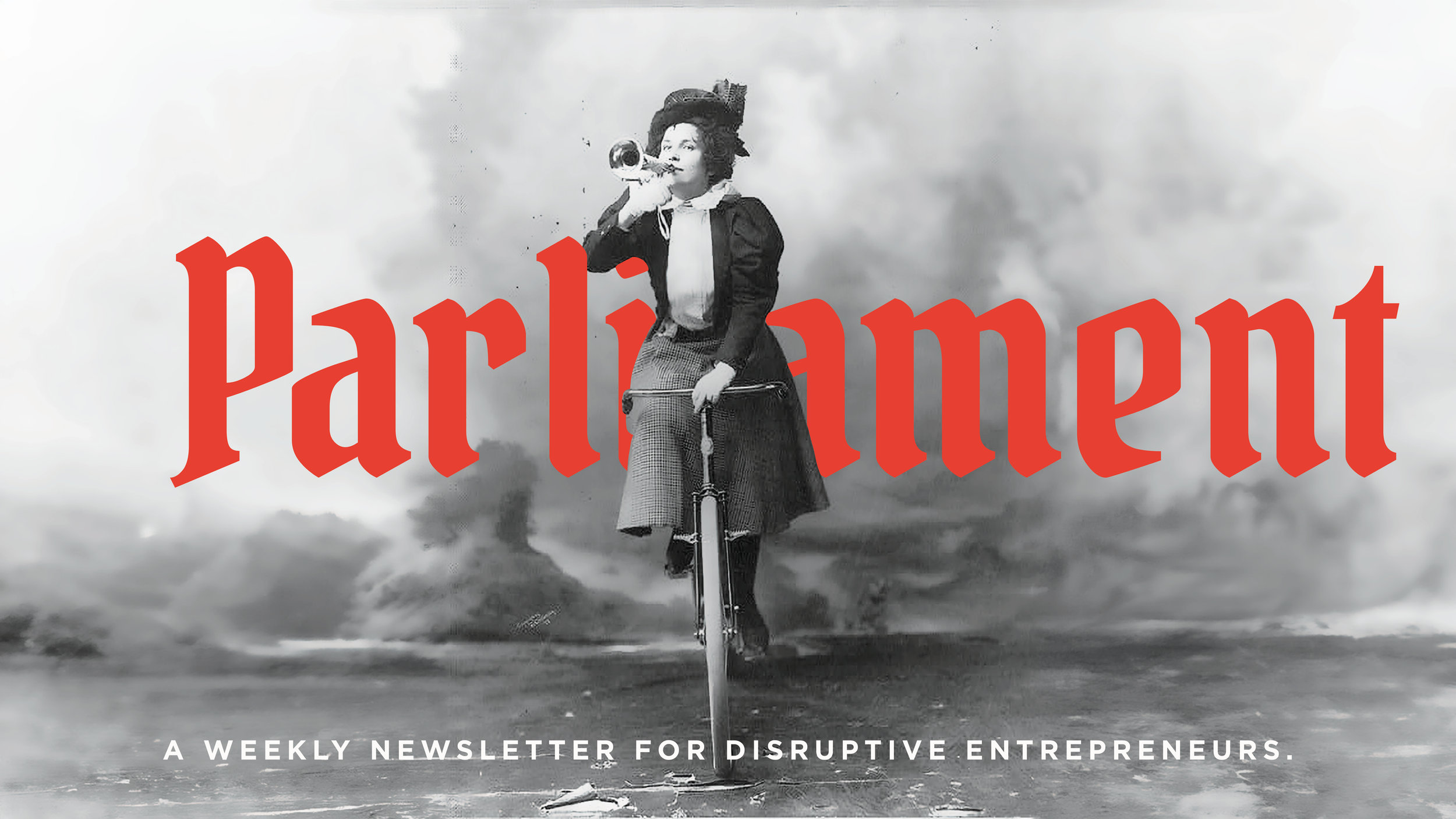Parliament | I am the ROI
I've been measuring ROI all wrong.
For years, I approached every conference, networking event, and industry meetup with the same mindset: "What tangible return am I getting from the hours I'm investing here?" I'd mentally calculate the opportunity cost of being away from my desk or my family, demanding immediate, measurable outcomes to justify my presence.
I was missing the entire point.
The Short-Game Trap
If this sounds familiar, you're not alone. We've all been conditioned to think in quarters, not decades. We want:
The lead that converts today
The connection that turns into a contract tomorrow
The immediate validation that we're not wasting our time
This mindset isn't just flawed—it's actively sabotaging your long-term success.
The Revelation: I Am the ROI
Here's the truth I've finally embraced: I am the ROI.
I do not attract what I want, I attract what I am.
Every conversation that expands my thinking, every relationship that challenges my perspective, every exposure to new ideas—these aren't just nice-to-haves. They're transforming who I am as a business owner, a leader, and a strategist.
And when I transform, my business transforms.
This isn't feel-good fluff; it's strategic reality. The most valuable asset in your business isn't your client list or your service offerings—it's you. Your vision. Your capacity. Your resilience. Your perspective.
The Long Game in Action
When I stopped demanding immediate returns and started playing the long game, things shifted:
1. Relationships Over Transactions
I now build connections without agenda, knowing that authentic relationships compound in value over time in ways I can't predict.
2. Learning Over Leading
I show up to listen and absorb, not just to be heard. This continuous input reshapes my thinking in profound ways.
3. Presence Over Promotion
Simply being present—consistently, authentically, intentionally—has created more opportunities than any sales pitch ever could.
4. Growth Over Gains
I measure success by how an experience changes me, not by what I walk away with.
Playing Your Own Long Game
This shift isn't just philosophical—it's practical. Here's how to embrace being the ROI:
Reframe Your Metrics
Ask not "What did I get from this?" but "How did this change me?"
Invest in Exponential Growth
Seek experiences that expand you exponentially, not incrementally. The conference that completely shifts your perspective is worth more than the one that teaches you three new tactics.
Release the Need for Immediate Returns
Give yourself permission to invest in growth that might not pay dividends for years.
Trust the Compound Effect
Small, consistent investments in your own development create compound returns that eventually eclipse any short-term gains.
The Brand Being Connection
This philosophy aligns perfectly with our Brand Being methodology. Your brand isn't just what you do—it's who you are. When you invest in becoming a more visionary, connected, and evolved version of yourself, your brand inevitably reflects that evolution.
In that way, your personal growth becomes your most powerful brand strategy.
No Regrets
Looking back, I don't regret a single conference, conversation, or connection—even those that yielded no immediate "results." Each shaped who I am today and, by extension, what Hoot Design Company has become.
I'm no longer playing quarterly chess; I'm playing the game of my lifetime. And in this game, I am both the player and the prize.
When you finally understand that you are the ROI, everything changes. You make different choices. You value different experiences. You measure success differently.
And paradoxically, when you stop obsessing over immediate returns, the returns often become greater than you could have imagined.
What about you? Are you still measuring your growth in transactions, or have you embraced the long game? Reply to this email—I'd love to hear your perspective.
"We're not here to change how the world sees you. We're here to change how you see yourself."
Artwork by Nya McClain, article by Senior Art Director, Bri Thomas
Consistency Doesn't Mean Boring: Why brand consistency is about intention, not limitation
The Persistent Myth
"We need to be more creative, let's break away from the brand guidelines." "Brand consistency is holding us back." "Our guidelines are too restrictive for social media." "We need something fresh - let's ignore the system just this once."
These are the justifications used every time someone wants to prioritize short-term creative impulses over long-term brand building. But here's the thing: consistency isn't your enemy - it's your secret weapon.
The Reality Check
The most innovative brands in the world are also some of the most consistent. Think about:
Apple's product launches - always minimal, always powerful
Nike's advertising - decades of "Just Do It" finding fresh expressions
Coca-Cola - evolving within their brand world for over a century
Google - playful while maintaining clear system principles
These brands aren't consistent because they lack creativity. They're consistent because they understand that consistency creates recognition, and recognition builds trust.
The Freedom of Framework
Strong brand systems work like music – they're built on a fundamental structure that enables meaningful improvisation, not restricts it. Think of your brand guidelines as a musical scale: once you truly understand the rules, you can play with them in infinite ways while still creating something recognizable. The structure isn't limiting your creativity; it's giving it direction and purpose. When you have a clear framework, you don't waste energy wondering if something is "on brand" – instead, you can focus your creative energy on finding fresh, innovative ways to express your brand's core truth.
The best brand systems don't wall you in; they give you a foundation to build upon. They provide the tools and principles that enable teams to move quickly and confidently, ensuring that every expression of the brand adds to its equity rather than diluting it. It's about creating guardrails that focus innovation rather than barriers that prevent it.
What Actually Matters
Real brand consistency isn't about mindless repetition or rigid rule-following – it's about strategic intention and purposeful choice. It's understanding that every brand expression is either building or eroding brand equity, and making conscious decisions about how to move forward. True consistency comes from having a deep understanding of your brand's core principles and using that understanding to guide evolution, not prevent it.
This means looking beyond surface-level consistency like colors and logos to ensure you're creating coherent experiences that build meaningful recognition over time. It's about understanding that your brand isn't just a set of visual rules – it's a tool for creating lasting impressions and building trust with your audience. When you approach consistency from this perspective, it becomes less about what you can't do and more about how you can use your brand's established equity to create more powerful work.
The Bottom Line
Remember: The most powerful creative work doesn't come from ignoring your brand - it comes from understanding it deeply enough to push it forward with purpose.


